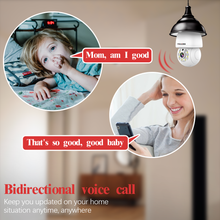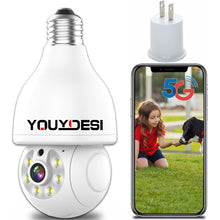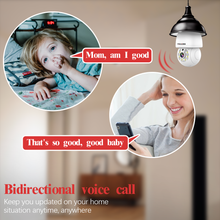The majority of surveillance devices predominantly employ non-ionizing radiation, primarily in the form of electromagnetic fields generated by components such as wireless networks, Bluetooth connections, and infrared technology. These types of radiation are characterized by their lower energy levels and are generally considered to pose minimal risks to human health. It's worth noting that surveillance devices typically emit non-ionizing radiation over relatively short distances, often only becoming significant in very close proximity.
In practical terms, this means that the radiation emitted by surveillance devices, including security cameras, can generally be considered negligible in its impact on human health. As a result, concerns about the health effects of such devices are typically unwarranted. It's important to remember that non-ionizing radiation from surveillance equipment is generally safe and doesn't pose significant health risks. However, as with any technology, prudent usage, including maintaining a reasonable distance from these devices and minimizing prolonged exposure, remains advisable.










